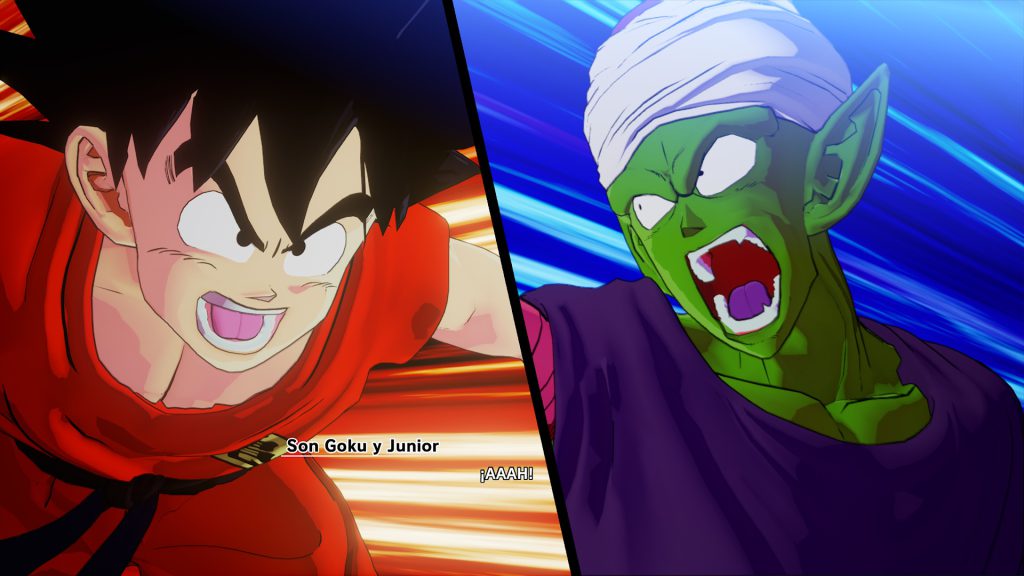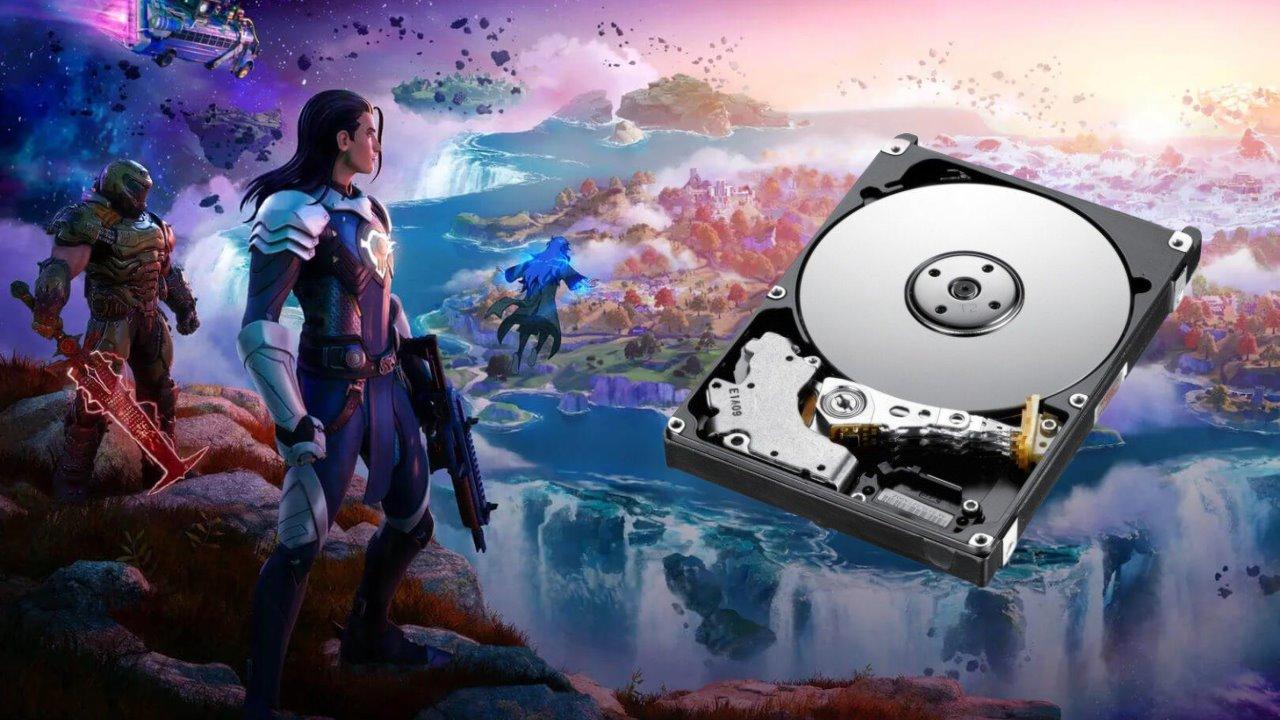Mangavania strongly reminds us of the classics of the platform, with a striking but too brief artistic design
Lately there seems to be something of a boom in recovering games or mechanics from bygone eras. One such example is the game in question, Mangavania. The title developed by one person, Alexander Nikolaev, and published by Sometimes You, seems to want to imitate titles from the past millennium like the first Super Mario Bros.. If you want to know everything about this title, stay here at ComunidadXbox where we’ll dump both the good and the bad. we start.

The underworld and its dangers
In our adventure we will control Yuhiko, a ninja who must go to the underworld to find a cure to save his brother. That’s all the game tells us about its story. It is true that in platform games the gameplay takes precedence over the story, but it could have been given, even a little more lore or information at the end of each level. And it’s that when we finish the game we don’t have an ending scene or anything like that, so we’re only given a context but it has no development or ending. The only way the title gives us more insight into its world is to find its collectibles.

Jumps, swords and arrows
Mangavania is a game that functions more than properly as a platform game. The character is controlled very smoothly, without any problems, so every time we die it will be our fault, and not the fault of the game. At the beginning we will only have a sword to finish off our enemies, and with the jump to overcome the various dangers of the underworld, But as we progress through the adventure and earn gems, both by beating levels and by finding collectibles, we will be able to unlock various powers that will help us advance in the game.. These powers are typical of this type of game, such as double jump, dash, bow or extra lives. Some of these powers will be necessary to advance through the levels, so if we do not have the necessary gems we will have to repeat a level until we reach the number we need.
The levels are mostly well-designed, with well-placed platforms and enemies. A problem with the title is the absence of a map, since to advance in the level we will have to find three souls, and once found we will have to find a door to exit the level, losing several times along the way. Yuhiko must also face final enemies, these being quite simple and rare.

A dark but beautiful world
Mangavania has a rather striking pixel-art style of art. The underworld is a black and white world, where there is only one other color, red, which is used to highlight useful things such as levers, souls or enemies.. This use of colors suits the title quite well, being quite beautiful. Although using this graphic style also has its drawbacks, it is that all the scenarios seem to be the same. The game could very well have used different locations. This same problem occurs with the enemies, which repeat themselves in terms of design in a very marked way. We analyzed the Series X version of the game, where we did not encounter any type of problem or bug.
If we talk about the sound aspect, it’s okay no more. IThe melodies that accompany us in the levels are pleasant, although after a few minutes they begin to be annoying and repetitive. The ambient sounds in the game are also decent. It’s something normal when you end up with a game developed by one person.

Conclusions of Mangavania
Mangavania is a game which, due to its ridiculous price, around $4.99, is worth it for a dead afternoon, if you like platform games. It’s far from being a perfect title, its main drawback being a very poor duration, but it does a lot of other things, like having a more than decent gameplay, or a beautiful artistic style. Most of the problems come from the very nature of the game. Mangavania was developed by one person, and with a possible small budget, it is normal that it has these kinds of problems, but despite everything, the game remains enjoyable.
mangavania
4.99$
Benefits
- Very consistent gameplay
- Beautiful artistic design
- greatly reduced price
The inconvenients
- a very short duration
- Repetition in the scenography
- Undeveloped story
Table of Contents









